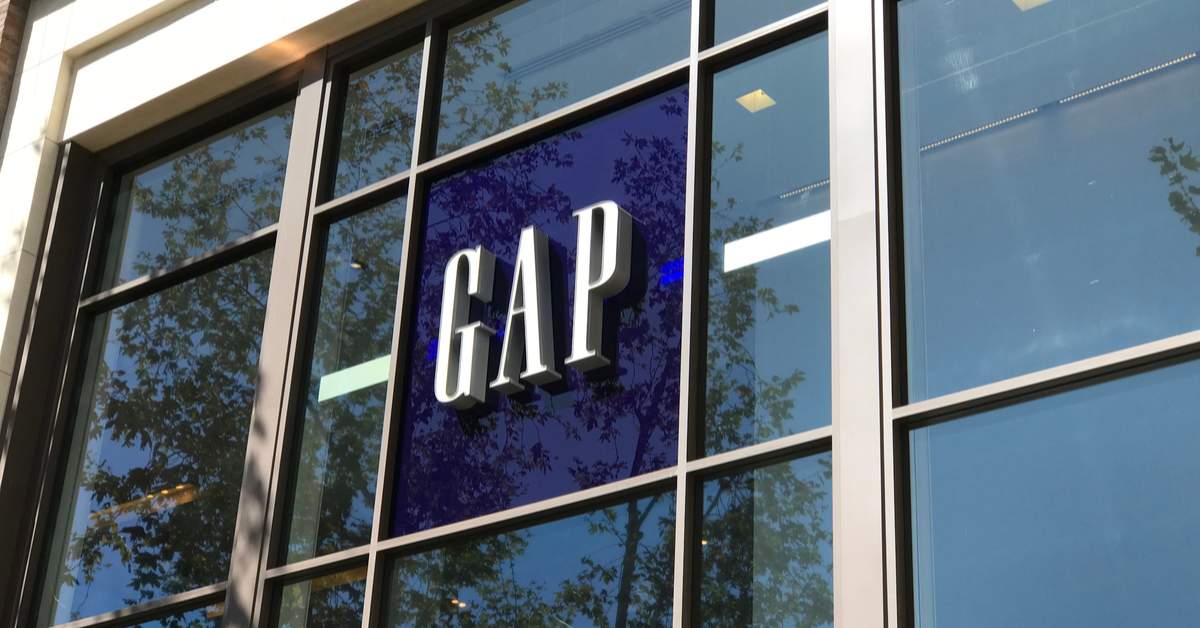Christophe Roussel, EVP, Global Supply Chain: Global Sourcing and Product Operations at Gap Inc., was kind enough to share some of the tactics his company adopted at the Made in Asia conference.
The typical lead time to get a new garment from design to store is 22 to 25 weeks. That’s a serious challenge for designers and merchandisers who need to match market demand when and where it exists.
The Gap has been able to cut that lead time down to between 4 and 14 weeks for their more fashionable styles. Let’s see how they’ve been able to make that happen.
5 tactics to increase speed throughout the apparel supply chain
- Fabric platforming — Reducing the number of different fabrics, re-using the same fabrics whenever possible.
- Positioning — Keeping some stock of raw material, which can then be dyed in the right color etc. once the designer has finalized a style.
- Making the fabric and doing the sewing in the same country — This reduces the time spent transporting the fabric, as well as sending it back if there are quality issues. China is still by far the largest supplier of fabrics, and new fabric mills don’t pop up overnight (they represent an investment of 100-200 million USD).
- Manufacturing close to market — For example, “made in China for China”, or “made in Central America for the USA”.
- State-of-the-art cutting & sewing — Not only fabric cutting automation and sewing semi-automation, but also well-balanced lines with little wasted motion.
To complement this, a solid sales & operations planning process helps tremendously with the demand forecast. That’s the other element needed to get the right product in front of the right people at the right time!
Does this make sense for all styles?
Of course, it doesn’t. Supply chains need to be differentiated.
Basic styles can have a longer lead time. There is a lower chance of a supply & demand mismatch. Large buyers like The Gap are used to VMI (Vendor Managed Inventory), for instance, which can make sense to reduce working capital and increase flexibility.
Fashion styles need to be made and shipped much faster and at a higher cost. The cost of having the products in store too early or too late, and having thousands of unsold items, is usually greater…
—
Related article: a case study about Sport Obermeyer. They adopted several of the same tactics in the 1990s, with great success.
Ultimate Guide To Sourcing From China And Developing Your Suppliers [eBook]
This FREE eBook starts from the beginning, discussing whether you need to hire a sourcing agent, and follows the sourcing process right through to developing a trusted supplier’s quality and productivity.
There are 15 chapters over 80+ pages to explore, providing exhaustive guidance on the entire sourcing and supplier development process from start to finish, including:
- Identifying suppliers,
- Negotiations,
- Quality inspections,
- Developing Chinese suppliers,
- Improving factory quality and productivity,
- and much more…


